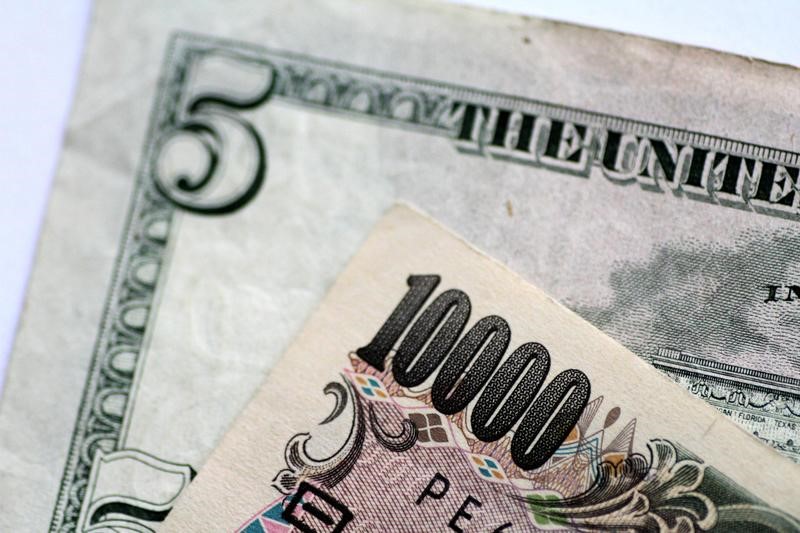Investing.com – The US dollar fell sharply on Monday on concerns about US economic growth, with the Swiss franc and Japanese yen seeing strong safe-haven demand.
At 08:45 ET (12:45 GMT), the Dollar Index, which tracks the greenback against a basket of six other currencies, was trading 0.9% lower at 102,100, at its lowest level since the start of this year.
Dollar weaker due to recession fears
The dollar’s selling follows data showing a sharp cooling in job creation in July, with US Treasury yields falling significantly as traders began to price a hard landing for the US economy as a result of the prolonged period of high interest rates.
Traders now fully expect the US to cut rates in September, and are looking for more substantial cuts than the roughly 50 basis points of cuts priced in earlier this year.
Wells Fargo, for example, is now forecasting two 50 basis point rate cuts at the Federal Open Market Committee meetings in September and November.
This forecast marks a substantial shift from previous forecasts due to emerging economic indicators, with recent data raising concerns about the economy.
“Importantly for the dollar, fears of a recession in the US mean that the market is no longer looking forward to an orderly adjustment of Fed policy towards some kind of neutral interest rate – say almost 3.25%.” ING analysts said in a note. “No, the fear of a recession now brings with it the idea of a stimulative monetary policy.”
Swiss franc in demand as carry trades decline
In Europe, the Swiss franc soared as traders sought some form of safety during these turbulent times.
The franc climbed to a seven-month high against the dollar, down 1.4% to 0.8458.
The Swiss currency also benefited from the winding down of carry trades, where investors borrow money from economies with low interest rates such as Japan or Switzerland to finance investments in higher-yielding assets elsewhere, which have been popular in recent years.
rose 0.6% to 1.0974, given the generally weaker dollar.
Expectations for more cuts have also risen, but very few traders have been long the euro since the start of political unrest in France in late June.
“Weaker global growth is not good for the procyclical euro, but the fact that the ‘American exceptionalism’ narrative could come back to earth with a jolt should be supportive for EUR/USD – assuming the Fed is willing sharply reduce interest rates. ING added.
fell 0.4% to 1.2752 amid fears that rates may also lag behind, with the UK central bank only cutting rates last week.
Even then, policymakers were split 5-4 on the decision to cut rates by a quarter of a percentage point to 5%, suggesting the central bank will still tread carefully going forward.
The yen rises to a seven-month high
In Asia, yields fell 3.2% to 141.86, with the yen rising to a seven-month high against the dollar, as traders aggressively unwound carry trades on expectations of substantial rate cuts from the Federal Reserve .
The recovery of the yen, which hit a 38-year low against the dollar in July, was also helped by the Bank of Japan’s 15 basis point rate hike last week.
“It is difficult to argue that the USD/JPY would extend this correction into the 140 area – which we had seen as the external risk last week,” ING said.
fell 0.6% to 7.1167, with the yuan recovering given US dollar weakness even amid concerns about an economic slowdown in China.


